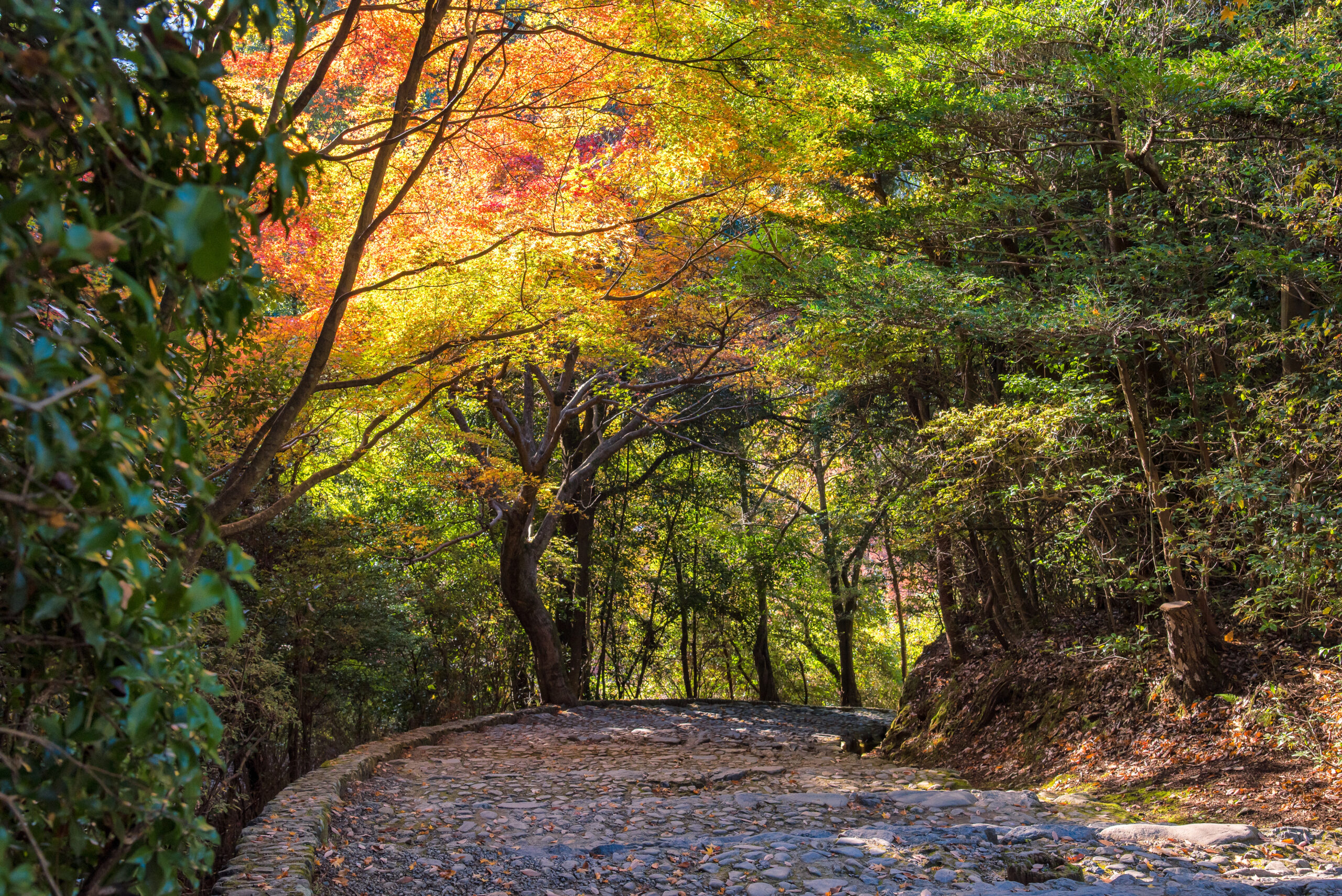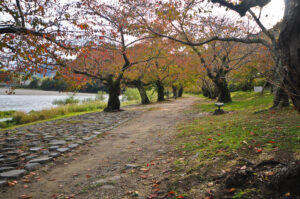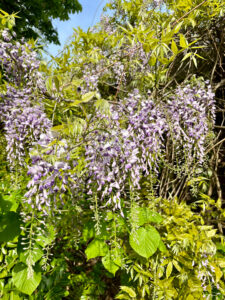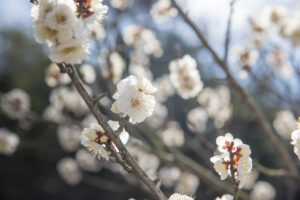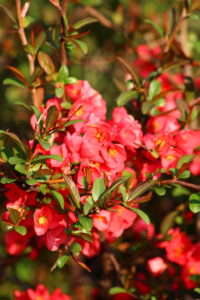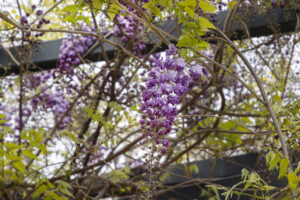In a world where urban sprawl and deforestation are all too common, Japan stands out as a verdant beacon of greenery. With 69% of its landmass cloaked in lush forests, this nation reveals a side often overshadowed by the neon lights of Tokyo and the historical allure of Kyoto. Japan’s forests are a testament to the country’s rich natural heritage and its commitment to preserving the environment. This article delves into the emerald heart of Japan, exploring the dense woodlands that cover the islands and the diverse ecosystems they support. From ancient cedar trees to delicate cherry blossoms, Japan’s forests are a celebration of nature’s beauty and resilience.
Japan’s Verdant Secret: A Green Revelation
Japan’s landscape tells a story of contrast and harmony, where bustling cityscapes give way to serene, green expanses. The fact that 69% of Japan is forested might come as a surprise to many, revealing a side of the country far removed from the urban image often portrayed. These forests are not only a refuge for wildlife but also serve as a vital resource for the nation, playing a key role in its cultural and ecological identity. Japan’s commitment to preserving its natural beauty is evident in the careful management of these forests, ensuring they remain a part of the nation’s legacy.
Exploring the 69%: Japan’s Lush Landscapes
The verdant cloak that covers Japan offers more than just breathtaking views; it is home to a rich tapestry of life. From the snow-covered forests of Hokkaido to the subtropical jungles of Okinawa, Japan’s forests span a diverse range of ecosystems. These landscapes are not static; they change with the seasons, offering a new face of beauty at every turn. Hiking trails wind through ancient woodlands, leading adventurers through a world where nature’s bounty is on full display. In these forests, one can truly appreciate the natural splendor that makes up two-thirds of Japan’s terrain.
Beyond the Cities: Japan’s Forested Heart
Away from the neon and noise of the cities, Japan’s forested heart offers a tranquil escape. These areas, often inaccessible and untouched, provide a sanctuary for countless species of flora and fauna. The forests play a crucial role in Japan’s environment, acting as natural sponges that absorb rainfall and protect against landslides. Rural communities living on the edge of these woodlands have developed lifestyles that are intricately linked with the forest, relying on its resources while respecting its limits. The deep connection between the people and the forest is a key aspect of Japan’s cultural heritage, offering insights into a way of life that values harmony with nature.
The Emerald Isles: Unveiling Japan’s Woods
The islands of Japan, from the northern reaches of Hokkaido to the tropical southern islands of Okinawa, are a mosaic of forested lands, each with its unique character. These forests are not just a backdrop to Japan’s scenery; they are an integral part of the nation’s identity. Conservation efforts have been instrumental in maintaining the health and biodiversity of these woodlands, ensuring that they continue to thrive. Educational programs and eco-tourism initiatives help raise awareness about the importance of these ecosystems, encouraging both locals and visitors to participate in their preservation.
Japan’s Canopy Cover: A Cloak of Green
Japan’s extensive canopy cover serves as a vital organ of the planet, contributing to the global fight against climate change. These forests absorb carbon dioxide, helping to mitigate the effects of global warming. The diverse range of tree species, from the towering cedars of Yakushima to the delicate cherry trees that symbolize spring, creates a complex ecosystem that supports an array of wildlife. Researchers and conservationists work tirelessly to monitor these environments, studying the intricate relationships between species and their habitats. This canopy cover is not just a natural wonder; it is a critical component of the earth’s environmental health.
Nature’s Bounty: The Rich Ecosystems of Japan
Japan’s forests are a treasure trove of biodiversity, hosting an array of species that are endemic to the islands. These ecosystems are delicate, with many species relying on the specific conditions provided by the forest for their survival. Conservation initiatives focus on protecting these habitats from the threats of urbanization, pollution, and climate change. The forests also serve as a source of sustenance and materials, with sustainable practices ensuring that they can continue to provide for future generations. This balance between use and preservation is key to maintaining the health and richness of Japan’s ecosystems.
From Cedar to Cherry: Diversity Among the Trees
The diversity of Japan’s forests is exemplified in the wide variety of trees that flourish within them. Ancient cedars, such as those found in the UNESCO World Heritage site of Yakushima, stand as silent witnesses to centuries of history. Meanwhile, the cherry blossoms that bloom each spring are celebrated across the country, their fleeting beauty a symbol of life’s transient nature. This array of species contributes to the complex mosaic of Japan’s forests, each playing a role in the ecosystem. Efforts to preserve these forests include the protection of their diverse tree populations, ensuring that they continue to thrive for generations to come.
Conservation Efforts: Protecting Japan’s Greens
Japan’s commitment to conserving its verdant landscapes is evident in the numerous initiatives aimed at protecting these natural resources. National parks and protected areas cover significant portions of the forested land, offering refuge for wildlife and preserving the natural beauty of the landscapes. Reforestation projects and sustainable logging practices demonstrate a balance between economic needs and environmental protection. Community involvement is also crucial, with local groups often taking the lead in conservation efforts. These collective actions ensure that Japan’s forests remain a vital and vibrant part of the country’s landscape.
Forest Bathing: Japan’s Natural Therapy
One of Japan’s most unique contributions to the world is the concept of shinrin-yoku, or forest bathing. This practice involves immersing oneself in the forest atmosphere, a therapeutic process that has been shown to reduce stress, improve mood, and enhance overall well-being. The dense forests of Japan provide the perfect setting for this natural therapy, offering a tranquil environment for contemplation and rejuvenation. As awareness of the health benefits of forest bathing grows, these green spaces become even more valuable, not just for their ecological importance but for their role in human health and happiness.
Sustainable Forestry: Balancing Use and Growth
Japan’s approach to forestry is a model of sustainability, demonstrating how economic use of forests can coexist with conservation. Through careful management practices, including selective logging and replanting, the country ensures that its forests continue to provide wood and other resources without depleting the environment. This sustainable model supports the economy, provides for the community, and protects the biodiversity of the forests. It’s a delicate balance, but one that Japan has pursued with diligence, ensuring that its forests remain healthy and productive for the future.
The Hidden Trails: Exploring Japan’s Forest Paths
For those seeking adventure, Japan’s forests offer a network of hidden trails that wind through the heart of the country’s natural landscape. These paths offer a glimpse into the untouched beauty of the land, leading hikers through towering trees, along crystal-clear streams, and past cascading waterfalls. Exploring these trails is not just a journey through nature, but a journey through Japan’s cultural and historical legacy, where ancient shrines and temples often lie hidden in the forest. The trails are a testament to Japan’s reverence for nature, inviting all who walk them to share in this respect.
Climate Champions: The Role of Japan’s Forests
In the global effort to combat climate change, Japan’s forests stand on the front lines. Their vast expanses of greenery act as carbon sinks, absorbing significant amounts of CO2 from the atmosphere. This natural process is a critical component of the country’s climate strategy, contributing to global efforts to reduce greenhouse gas emissions. The preservation and expansion of these forests are key to sustaining their role as climate champions. Through international collaborations and domestic policies, Japan is working to ensure that its forests continue to contribute to the health of the planet.
Japan’s verdant secret, the 69% of its land that is covered in lush forests, is a green treasure that offers more than just beauty. It represents a commitment to conservation, a source of natural therapy, and a vital player in the global climate ecosystem. As the world grapples with the challenges of environmental degradation and climate change, Japan’s forests stand as a symbol of hope and resilience. They remind us of the importance of preserving our natural heritage, not just for the sake of biodiversity, but for the health and well-being of future generations. The story of Japan’s forests is one of balance, respect, and deep connection to nature—a narrative that holds lessons for us all.
